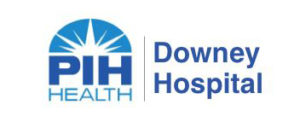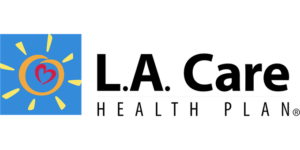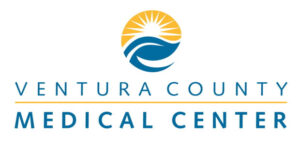Nursing Book Club
A Good Time to Be Born by Perri Klass
Revisiting the birth of pediatric medicine

I once heard Oprah Winfrey say that American women are “the luckiest girls on the planet.” Perri Klass, M.D., pediatrician and author of A Good Time to Be Born: How Science and Public Health Gave Children a Future, would argue that timing is a major part of that equation.
In A Good Time to Be Born, Klass details the history of pediatrics as a specialty separate from general medicine, and illustrates why it’s been so important that children no longer be treated as just miniature adults.
The book is divided into several parts. In the first, “The Desolation of the Empty Cradle,” we learn that while we might think of large families as emblematic of the past, mothers of that era often dealt with the loss of their babies. Ten percent of all infants born in the early 1900s never reached their first birthdays, and the mortality rates were even higher among minority and rural populations.
Today, all early infant deaths are considered preventable. Good prenatal care, vaccines and regular preventive pediatric care have dramatically reduced infant mortality figures, although, as Klass explains, that change wasn’t easy, nor was it swift.













